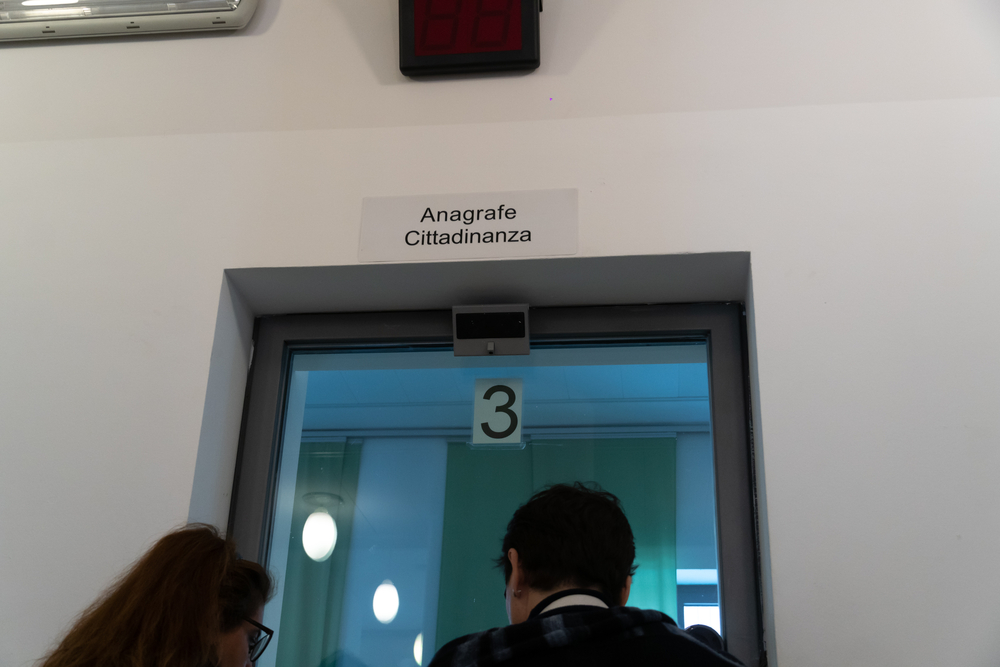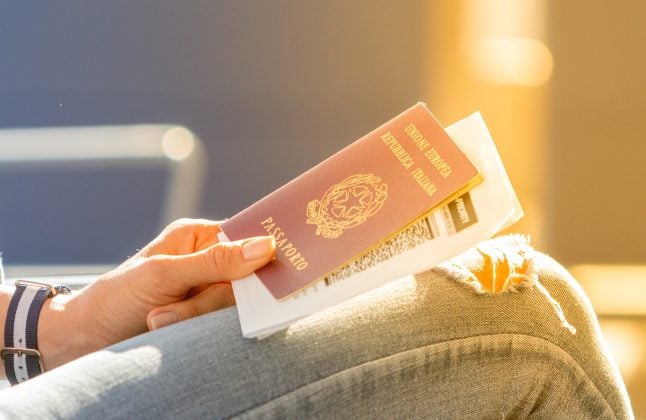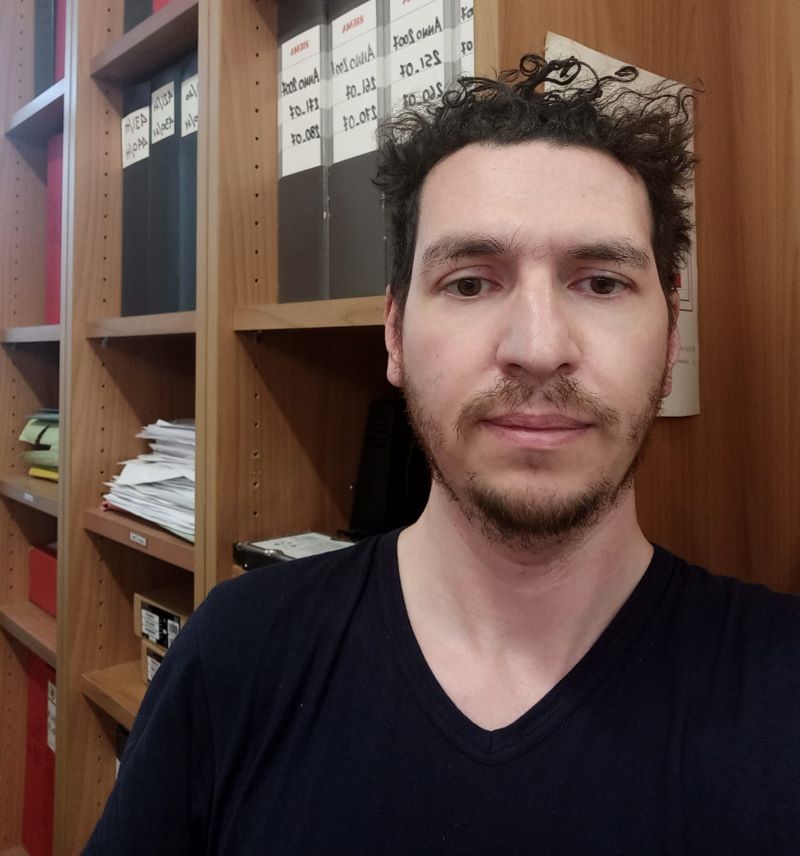How many people get Italian citizenship each year?
A total of 112,523 people were granted Italian citizenship in 2018, the last year for which official data is available.
That's a decrease of around 24 percent from 2017, when 146,605 people became Italian. In fact the number has been declining since 2016, when successful citizenship requests spiked at 201,591.
FOR MEMBERS:
- How to become Italian: A guide to getting citizenship
- What Italy's new laws mean for your citizenship application
The rate has now roughly returned to the same level as 2013, when Italy granted 100,712 people citizenship.
In total, Italy was home to more than 1.34 million 'new Italians' in January 2018.
Where do most 'new Italians' come from?
In 2018 the vast majority of people acquiring citizenship came from outside the European Union: 103,478 or roughly 92 percent. (The trend is logical, since people with EU passports already enjoy most of the same rights in Italy as Italians and therefore have less incentive to apply for citizenship.)
The highest number of successful applications came from Albanians (21,841), followed by Moroccans (15,496), Brazilians (10,660), Romanians (6,542), Indians (5,425), Macedonians (3,487), Senegalese (2,918), Tunisians (2,484) and Ukrainians (2,423).
READ ALSO:
- Italy has 'world's fourth most powerful passport'
- Italy grants fewer and fewer foreign workers residency
- Foreign business owners in Italy have increased by a third since 2010
Citizens of Albania and Morocco have made up the top two since at least 2012, with as many as 36,920 Albanians and 35,212 Moroccans gaining Italian citizenship when claims were at their height in 2016.
Meanwhile Brazil has seen successful citizenship requests increase more than sevenfold since 2012.
Other nationalities are far less likely to apply for Italian citizenship despite having a relatively large immigrant population in Italy: notably, less than 5 percent of Italy's Chinese residents have acquired Italian citizenship, presumably because China does not permit dual nationality.

Celebrating Chinese New Year in Rome. Photo: Andreas Solaro/AFP
How do most people qualify for Italian citizenship?
In 2018, the most common way to acquire citizenship was either by descent (ius sanguinis, which allows those who can prove descent from at least one Italian ancestor to claim Italian citizenship), by birthright (ius soli, which entitles people born and raised in Italy by non-Italian parents to claim Italian citizenship from 18), or by parental transmission (the law that automatically transfers citizenship to the children of adults who acquire citizenship, provided they're under 18 and living with them at the time).
Altogether 48,910 people qualified for Italian citizenship via one of these three routes in 2018, around 43 percent of the total. Another 39,453 people (35 percent) qualified via residency in Italy, while 24,160 (21 percent) qualified by marriage to an Italian national.
READ ALSO:
- The number of Italians marrying foreigners is on the rise in Italy
- No, marrying an Italian won't save you from Brexit
- How to get married in Italy
While residency used to form the basis of most citizenship claims, the number of successful requests on these grounds has been falling since 2016. Between 2017 and 2018 such claims fell by around 23,000 or 37 percent.
Claims via marriage, meanwhile, increased by around 9 percent in 2018 (+2,000), with the vast majority – 85 of every 100 – made by women.
But one of the most notable trends is the rise in the number of people successfully claiming Italian citizenship by descent. In 2016, the year that Italy's statistics office began tracking such claims, some 7,000 people gained citizenship this way; in 2017 it was over 8,200, and in 2018 it reached 9,000.
The majority of ius sanguinis claims come from just one country: Brazil, which saw roughly 7,000 people gain Italian citizenship by descent in 2018.

Photo: DepositPhotos
Where in Italy do most people get citizenship?
The part of Italy with the most successful citizenship claims in 2018 was the north-west (43,962) and especially the region of Lombardy, which alone accounted for 30,474.
Other regions where high numbers of people gained citizenship were Veneto (15,536), Emilia-Romagna (13,446), Piedmont (9,801) and Tuscany (9,349). While Lazio, the region of Rome, has a high foreign-born population, just 6,943 people took Italian citizenship there.
The regions handing out the fewest new citizenships, meanwhile, were Basilicata (252), Valle d'Aosta (316), Molise (426) and Sardinia (644).
READ ALSO:
- Population of Milan hits 30-year high after influx of new residents
- The Italian towns with the best (and worst) quality of life
- Readers' views: Is Italy really one of the worst countries to move to?
The further north you go, the more people base their claim on residency – reflecting the fact that the wealthy north has long attracted migrants looking for work.
In the south, meanwhile, and especially the regions of Campania, Calabria, Basilicata and Molise, the majority of citizenship claims were based on ancestry, the legacy of decades of emigration overseas from deprived parts of southern Italy.
What else do we know about people who apply for citizenship in Italy?
They're mainly women (61,321 in 2018 compared to 51,202 men), and they're mainly young: the largest age group is under-20s, who accounted for 39,945 citizenships granted in 2018.
People aged 20-39 made up another 37,364, while 40-59-year-olds numbered 31,519. The number of people over 60 who acquired Italian citizenship was just 3,695.
READ ALSO: 'How I got an elective residency visa to retire in Italy'

Photo: DepositPhotos
All data referred to in this article comes from Istat, Italy's national statistics office.




 Please whitelist us to continue reading.
Please whitelist us to continue reading.
This article would be a lot more helpful if it told us how many unsuccessful applications there were. How many people who applied were denied? Also, for those of us descended from the immigrant generation that was forced to renounce Italian citizenship in order to become US citizens, the rules are different. We need to be residents for three years, right? Are there any statistics available, or are those applications so rare that they don’t count them?